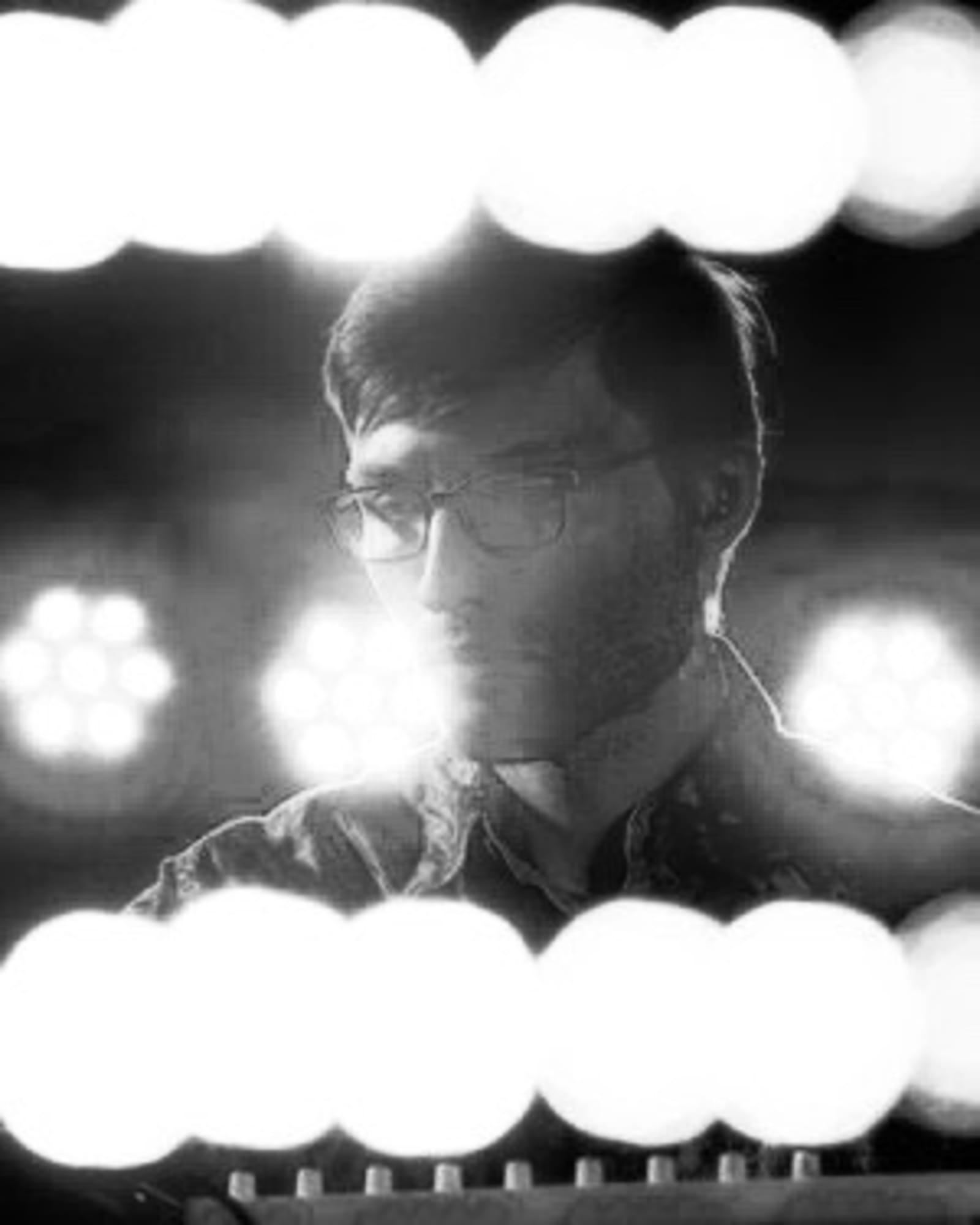artwork infos
landscape
generative art
02:00
n/a
Simon Alexander-Adams
Pentagon Phases
Simon Alexander-Adams
Imprint
Simon Alexander-Adams
Source and Destination - Ve...
Simon Alexander-Adams
Snake Walks - Vertical
Simon Alexander-Adams
Flash Forward - Vertical
Simon Alexander-Adams
Sketchy Scaffolding 4
Simon Alexander-Adams
Sketchy Shuffle 2
Simon Alexander-Adams
Sketchy Shuffle 4
Simon Alexander-Adams
Upward Drip
Simon Alexander-Adams
Imprint - Vertical
Simon Alexander-Adams
Snake Walks
Simon Alexander-Adams
Sketchy Scaffolding 4 - Ver...
Simon Alexander-Adams
Sketchy Scaffolding 2
Simon Alexander-Adams
Sketchy Scaffolding 2 - Ver...
Simon Alexander-Adams
Ghost Cubes - Vertical
Simon Alexander-Adams
Vexing - Vertical
Simon Alexander-Adams
Six
Simon Alexander-Adams
Sketchy Scaffolding 3
Simon Alexander-Adams
Sketchy Shuffle 1
Simon Alexander-Adams
Sketchy Shuffle 2 - Vertica...
Simon Alexander-Adams
Sketchy Scaffolding 3 - Ver...
Simon Alexander-Adams
Sketchy Shuffle 3 - Vertica...
Simon Alexander-Adams
Six - Vertical
Simon Alexander-Adams
Sketchy Shuffle 3
Simon Alexander-Adams
Sketchy Shuffle 4 - Vertica...
Simon Alexander-Adams
Sketchy Scaffolding 1 - Ver...
Simon Alexander-Adams
Upward Drip - Vertical
Simon Alexander-Adams
Source and Destination
Simon Alexander-Adams
Heptagone - Vertical
Simon Alexander-Adams
Ghost Cubes
Simon Alexander-Adams
Heptagone
Simon Alexander-Adams
Flash Forward
Simon Alexander-Adams
Pentagon Phases - Vertical
Simon Alexander-Adams
Sketchy Scaffolding 1
Simon Alexander-Adams
Vexing
Simon Alexander-Adams is a multimedia artist and designer who works at the intersection of music, visual arts and technology. He specializes in real-time generative art, interactive installations and audiovisual performances. It draws on emerging models found in nature and uses complex systems to simulate natural phenomena in search of organic textures and surprising interactions.
His work has been presented at international festivals including Electric Forest, Coachella, the Ann Arbor Film Festival and the 2018 Bi-City Biennale of Urbanism/Architecture Shenzhen. He has worked on projects for a range of companies and customers, including ARTECHOUSE, Intel, HP, GQ Magazine and McAfee. He also regularly performs with the art-rock band saajtak, which has also performed at Sonic Circuits (D.C.), Strange Beautiful Music (Detroit), and has shared the stage with musical artists such as Xiu Xiu, Gaelynn Lea, Vicky Chow, New Music Detroit, Laurie Amat, Alan Licht, and many others. Simon earned a Master’s degree in Media Arts from the University of Michigan School of Music, Theatre and Dance in 2015.

Sketchy Shuffle 3
This work was created as part of the daily practice of Simon Alexander’s sketch. Starting in 2018, he began creating a work every day and sharing it on social networks. The techniques and inspiration for these sketches vary from day to day. It is often for him to try to recreate a technique he has seen elsewhere or to iterate on his previous sketches.
generative art
landscape
02:00
n/a